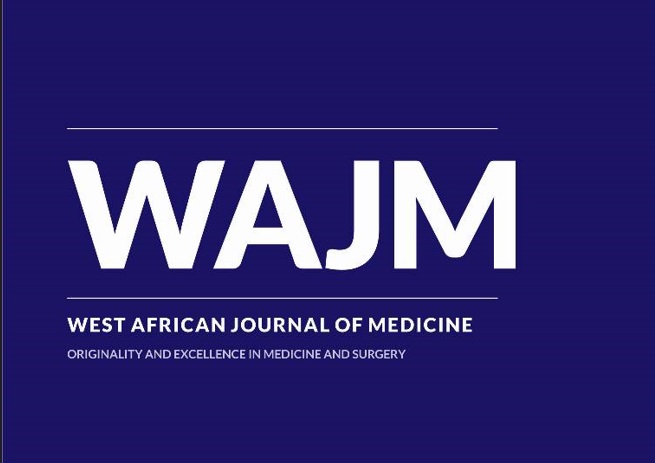ORIGINAL: Polysomnography in a Private Tertiary Hospital in Tanzania: Subjects' Characteristics and Sleep Disorders
West Afr J Med. 2024 September; 41 (9): 913-918 PMID: 39862158
Keywords:
Obstructive sleep apnea, Polysomnography, Sleep disorder, Sub-Saharan Africa TanzaniaAbstract
Background and objectives: Huge clinical and research gaps exist concerning the epidemiology, natural history, availability, and accessibility of care for sleep disorders in sub-Saharan Africa (SSA). This study aimed to profile the characteristics of patients referred for polysomnography and the frequencies of sleep disorders encountered at the new sleep laboratory in Dar es Salaam, Tanzania.
Materials and methods: This retrospective hospital-based descriptive observational study was conducted at the Aga Khan Hospital Dar es Salaam. Clinical and Polysomnographic parameters of the subjects referred for polysomnography between December 2019 and December 2022 were profiled.
Results: During the study period, 54 subjects underwent overnight polysomnography and multiple sleep latency tests (MSLT). The subjects' mean age ± standard deviation was 44.1 ± 15.2 years. Males accounted for 57.4% of all study participants. Twenty-nine (53.7%) subjects had OSA. Nineteen (35%) subjects had normal polysomnographic findings. Periodic limb movement of sleep was found in 2 subjects (3.7%). Sleep-related bruxism was found in one subject, while another subject met the MSLT criteria for the diagnosis of Narcolepsy. Male gender (odds ratio: 5.60; 95% confidence interval: 1.35-23.23; p = 0.018) and obesity (odds ratio: 6.13; 95% confidence interval: 1.48-25.47; p = 0.013) were found to be the two significant predictors.
Conclusion: Sleep-related breathing disorder was the predominant condition, and obesity was the major predictor. Periodic limb movement disorder and Narcolepsy were less encountered. Larger cohort and population-based studies are advocated.


